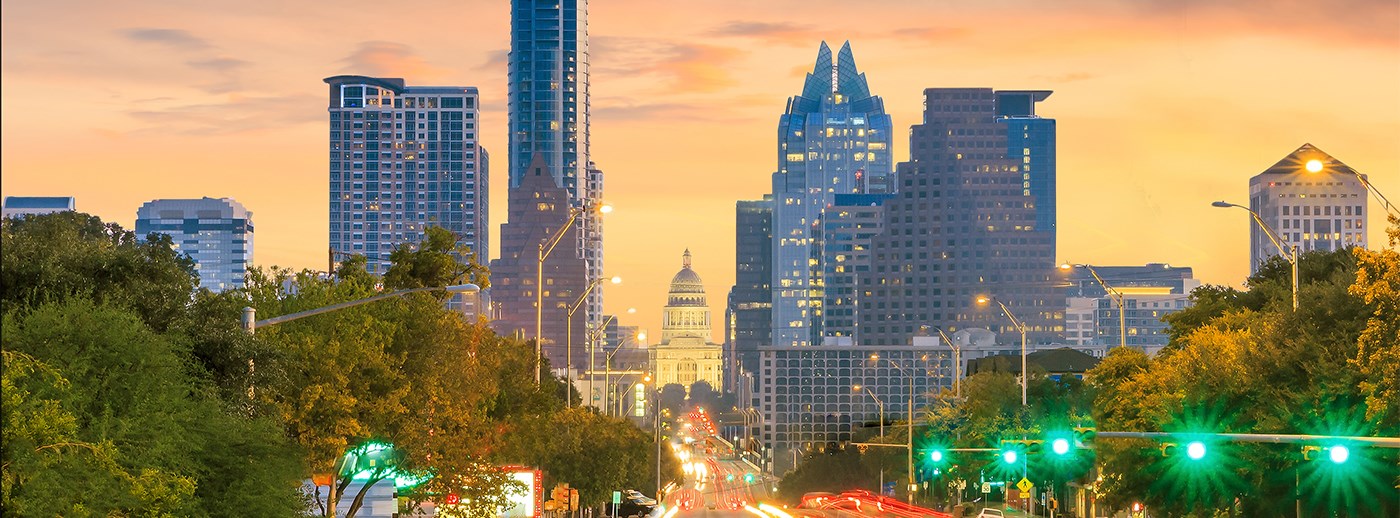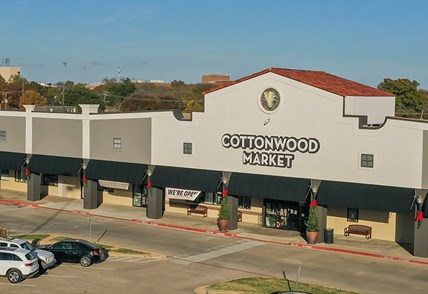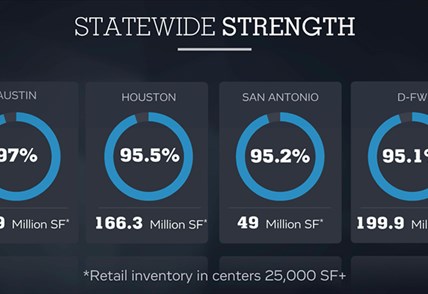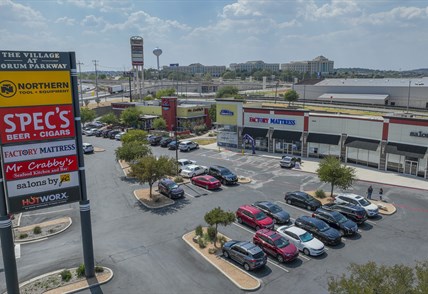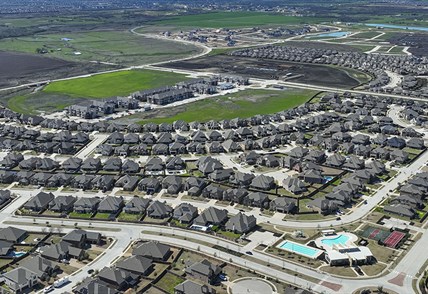Weitzman’s analysis of the Austin retail market shows surprisingly low new construction, especially in the face of healthy occupancy and demand. Matt Epple, executive vice president and director of brokerage for Weitzman’s Austin office, discussed the current market and forecast for 2020.
Q. What’s the current state of the market?
A. Austin continues to maintain a strong occupancy rate of 96 percent, which makes it the healthiest major-metro retail market in terms of occupancy. We review an Austin-area retail space inventory of 50.6 million in projects with 25,000 square feet or more. Steady leasing and backfilled vacancies helped the year end with higher occupancy despite a slight dip at mid-year.
Q. Has the tight market led to a jump in new space?
A. Retail construction remains extremely limited, and one reason is new projects are often mixed-use or neighborhood-oriented, so they tend to be smaller than the malls, power centers and discounter superstore-anchored projects added during retail’s peak construction years. . The decline can be seen in a decade-to-decade comparison. From 2000 through 2009, the market added 20.6 million square feet, with much of it in grocery, superstore and power anchored projects.
From 2010 to 2019, the market added 8.5 million square feet, with much of it in mixed-use, specialty and other smaller projects.
For 2019, the Austin-area retail market added only 433,000 square feet in new and expanded retail projects with 25,000 square feet or more.
Q. What does 2020 look like?
A. Austin is setting records in home sales, job growth and overall economic health. The retail market reflects that strength, so we expect this coming year to be another strong one for the state’s healthiest retail market.
This article originally appeared in Connect Media - Texas